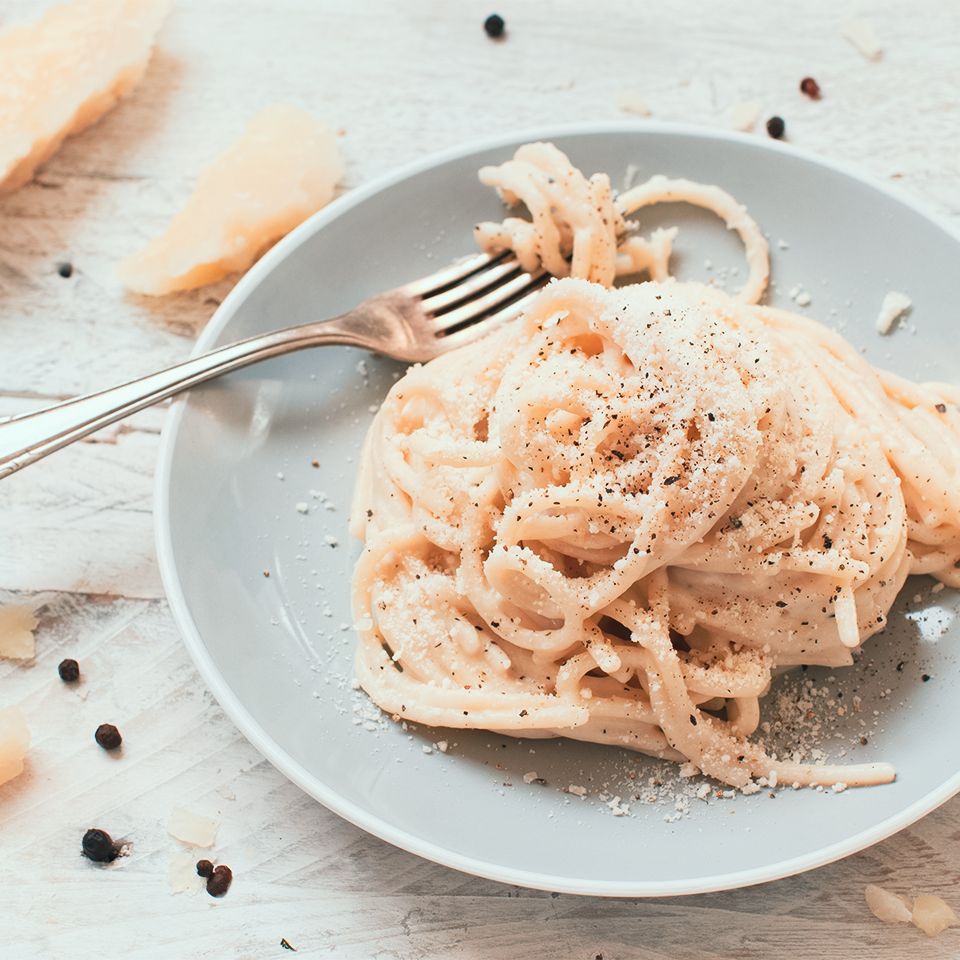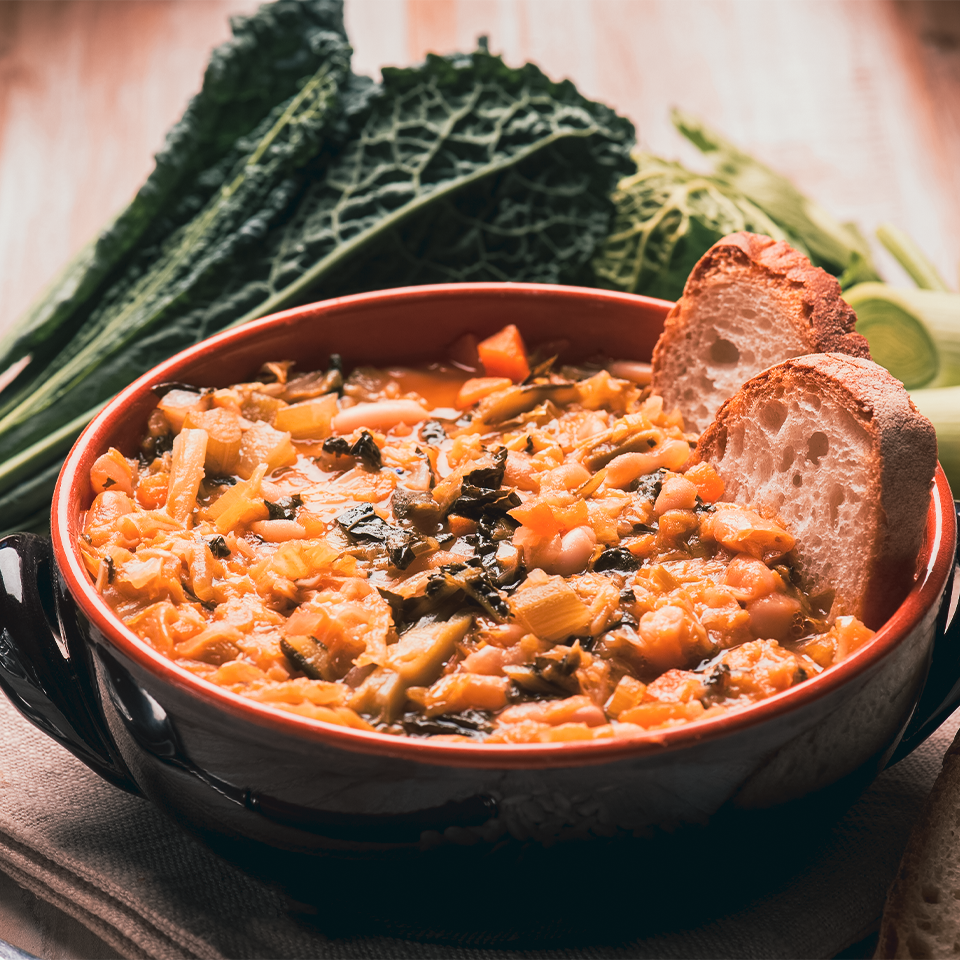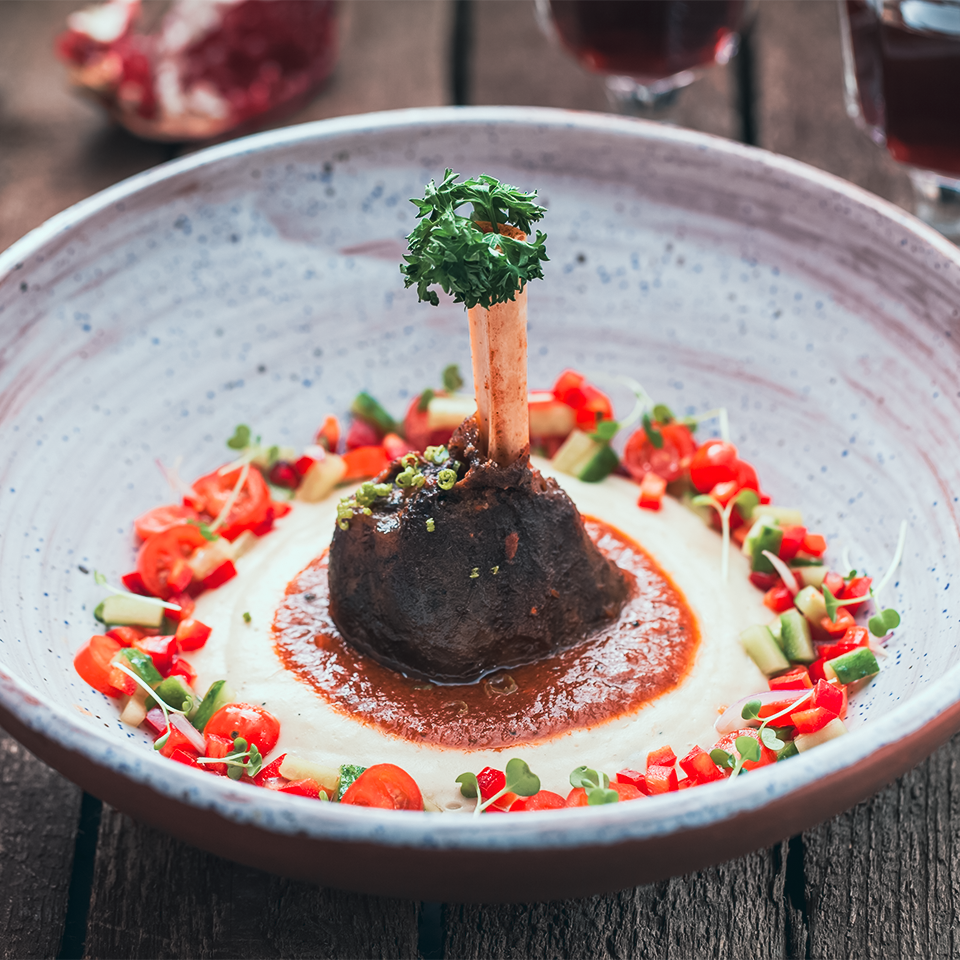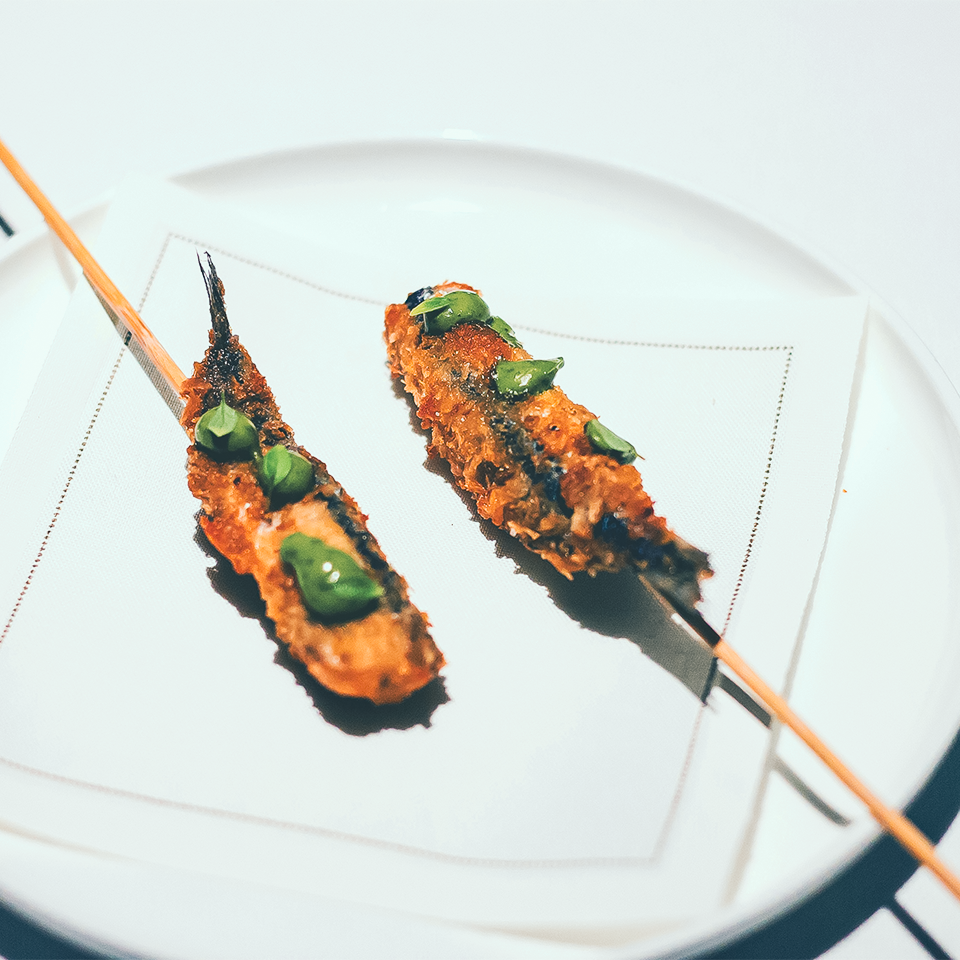Explore the Content

Cacio e Pepe: Rome’s Timeless Classic
The Essence of Simplicity
In the bustling, ancient streets of Rome, a dish that stands testament to Italian culinary simplicity is Cacio e Pepe. This minimalist masterpiece, requiring nothing more than cheese (cacio), black pepper (pepe), and pasta, embodies the Italian philosophy that less is indeed more. Originating as a meal for shepherds in the Apennine mountains, its ingredients were easily transportable and non-perishable, making it a practical choice for their nomadic lifestyle.
Where to Savour the Authentic Taste
For the ultimate Cacio e Pepe, head to “Roscioli” in Rome, where the dish is elevated with the finest Pecorino Romano and freshly ground black pepper, served over perfectly al dente tonnarelli. The mastery of the chefs here ensures a balance between creamy and tangy, offering a bite that is as comforting as it is sophisticated.
Bottarga: Sardinia’s Salty Jewel
A Taste of the Sea
Bottarga, known as the “gold of the sea,” is a delicacy made from the roe of grey mullet or bluefin tuna, salted, cured, and pressed into golden blocks. This Sardinian and Sicilian marvel brings the ocean’s depth to your palate, offering a burst of umami with each bite. Traditionally, it’s grated over pasta or sliced thinly atop crostini, pairing beautifully with a crisp white wine.
Experiencing Bottarga at Its Best
“Sardinia Ristorante” in Milan offers an unforgettable Spaghetti alla Bottarga, where this prized ingredient is showcased in its full glory, enhanced only by the finest olive oil and a hint of garlic, allowing the bold flavors of the sea to shine through.

Ribollita: Tuscany’s Hearty Embrace
A Warm Hug in a Bowl
In the rolling hills of Tuscany, amidst olive groves and vineyards, Ribollita was born — a thick, hearty soup that speaks to the soul. This peasant dish, made with leftover bread, cannellini beans, cabbage, and an array of other vegetables, is a testament to Tuscan ingenuity, transforming simple ingredients into a rich, comforting meal that’s perfect for chilly evenings.
The Ultimate Ribollita Destination
“Trattoria Zà Zà” in Florence remains true to this rustic dish’s roots, serving a Ribollita so authentic, you’ll feel transported to a Tuscan farmhouse with each spoonful. Their version is a symphony of flavors that marries the freshness of locally sourced vegetables with the richness of tradition.

Ossobuco alla Milanese: Milan’s Rich Legacy
Indulgence on a Bone
Ossobuco, a slow-cooked marvel of veal shanks braised with white wine, vegetables, and broth, is Milan’s proud contribution to Italian cuisine. The marrow in the bone, a prized delicacy, offers a rich depth of flavor that complements the tender meat and aromatic sauce. Traditionally accompanied by Risotto alla Milanese, this dish is a celebration of Northern Italian flavors.
Where Tradition Meets Perfection
“Ristorante Il Coriandolo” in Milan is renowned for its Ossobuco alla Milanese, where the dish is prepared with a reverence for tradition that can be tasted in every bite. The veal falls off the bone, and the gremolata adds the perfect citrusy, herby contrast.

Sarde in Saor: Venice’s Sweet and Sour Symphony
A Dance of Flavors
Venice, a city of romance and mystery, offers Sarde in Saor, a unique dish featuring marinated sardines with onions, pine nuts, and raisins. This blend of sweet and sour flavors reflects Venice’s history as a spice trade hub, marrying local ingredients with exotic spices to create a dish that is as complex as the city itself.
A Venetian Delight
“Osteria al Portego” stands out for its Sarde in Saor, offering a version that perfectly balances the dish’s contrasting flavors, providing an authentic taste of Venetian culinary history in every bite.
As our culinary tour concludes, we’re reminded that Italian cuisine is a mosaic of regional specialties, each with its own story and soul. These dishes, though lesser-known, are pillars of Italy’s gastronomic landscape, offering a taste of the country’s rich cultural tapestry. Whether you’re a seasoned traveler or a home cook dreaming of Italy, I invite you to explore these flavors, to cook, to taste, and to immerse yourself in the timeless culinary art that is Italian cuisine. Buon appetito!








